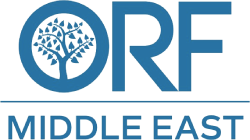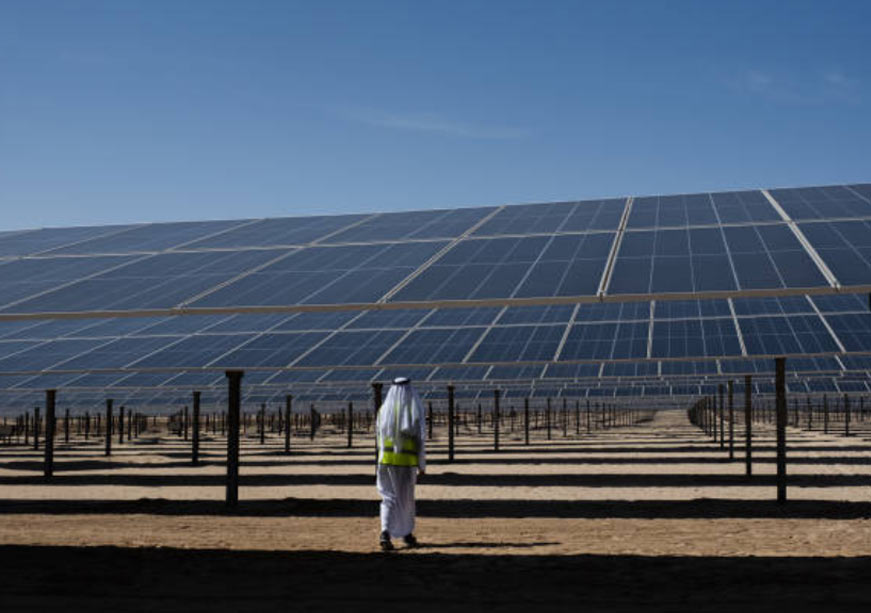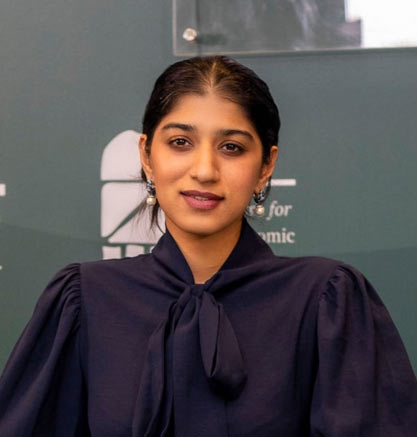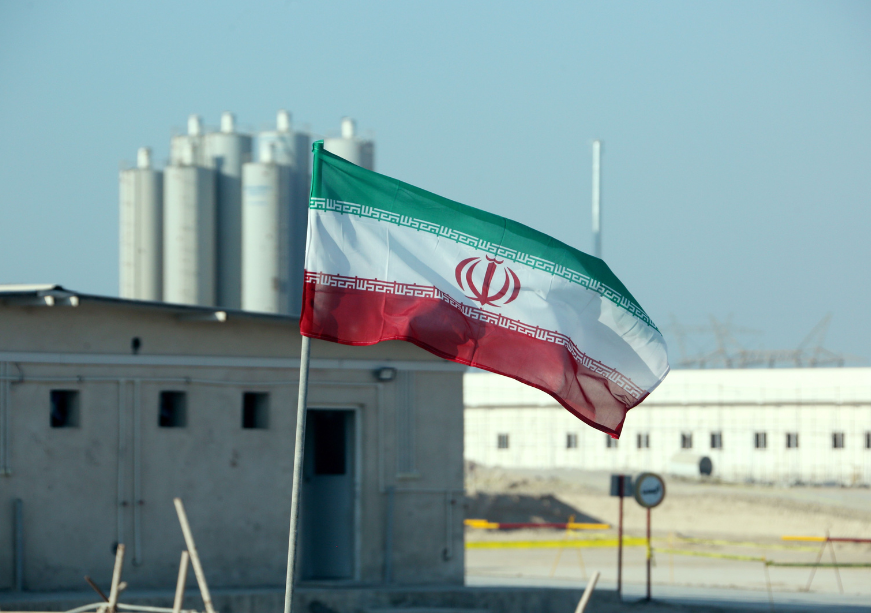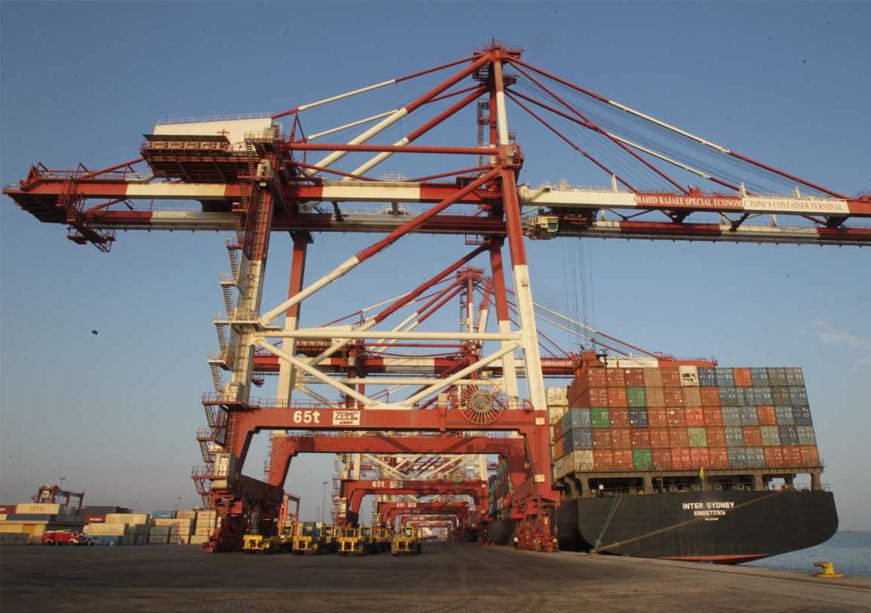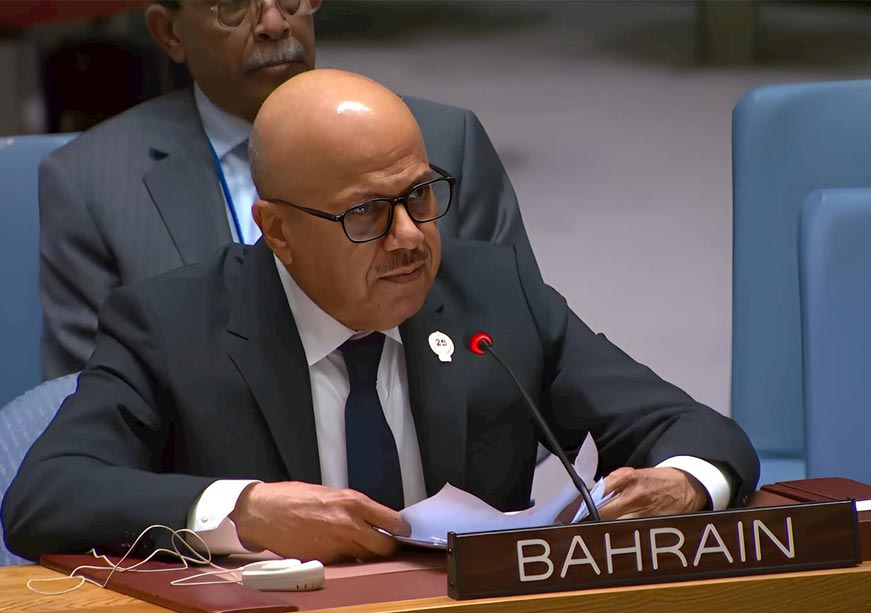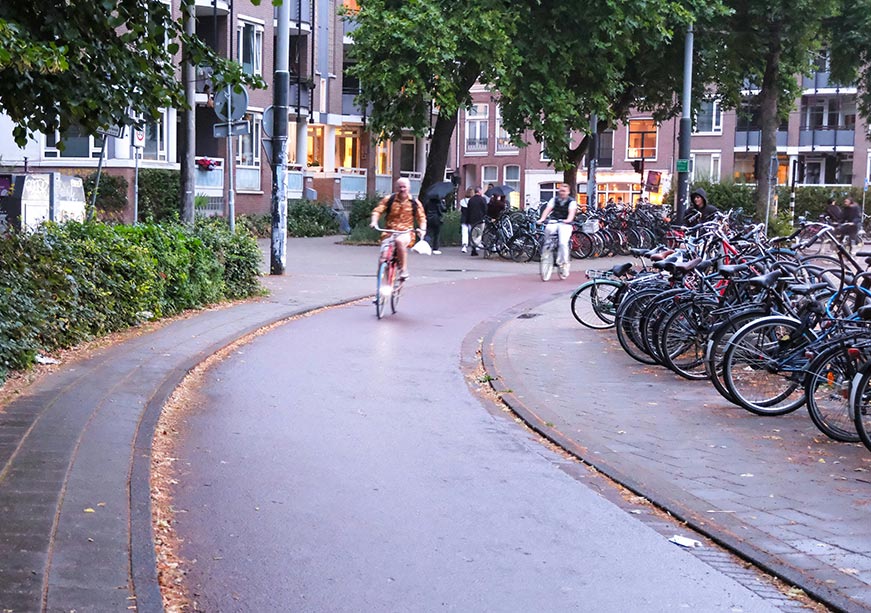As Western aid wanes, the UAE’s climate finance push marks a Gulf-led model, linking sovereign wealth fund and diplomacy to fund the Global South’s green transition.
Climate finance, albeit a cliché, is perhaps the biggest bottleneck to green transitions globally, especially in the Global South. Public and private investments in clean energy in emerging and developing economies (ED-MEs) must triple from US$770 billion in 2022 to US$2.2–2.8 trillion annually by the early 2030s, and remain at those levels through 2050 to enable a sustainable transition to low-carbon economies.
Financial contributions from developed countries for climate action to ED-MEs have been disappointing. According to the Organisation for Economic Cooperation and Development (OECD), developed countries have contributed approximately US$94.1 billion in public international finance in 2022—via bilateral channels, multilateral channels, and export credits—while the total climate finance flowing to EM-DEs stood at US$244 billion (excluding China) in the same year.
Amid rising geopolitical tensions, mounting domestic fiscal pressures in Europe, and the dramatic withdrawal of the United States (US) from the Paris Agreement earlier in 2025, the West has become a rather unpredictable and unreliable partner in the fight against climate change. The pool of international public finance from these geographies appears unlikely to increase dramatically and meet the vast capital requirements of the Global South. According to the Official Development Assistance (ODA) statistics, the OECD projects a 9-17 percent decrease in ODA for 2025, following a 9 percent decline in 2024. Forecasts for 2027 suggest that ODA levels will return to what they were in 2020, despite increasing demands. For the first time in three decades, France, Germany, the United Kingdom (UK), and the US have simultaneously pruned their ODA contributions in 2024.
The Knights with Shining Sovereign Wealth Armour
Against the backdrop of a receding West, the oil-rich Gulf States are emerging as a promising source of growing financial assistance and leadership. The sovereign wealth funds in the region are investing heavily in green energy—both domestically and globally—committing over US$100 billion toward renewable energy, carbon capture, and green hydrogen projects globally.
In an era of heightened climate consciousness, declining oil revenues, and increasing pressure from the proliferation of carbon border adjustments, diversification and decarbonisation have become strategic considerations for the Gulf economies. Investment in clean energy assets represents an economic imperative, opening up opportunities in sustainable industries and paving the way for long-term growth and collaboration across regions.
For the Gulf states—the historical beneficiaries of the fossil fuel boom—this transition marks an opportunity to demonstrate leadership in global energy transitions. It also signals a new positive identity for the region—one that is aligned with sustainability, innovation, and climate realism. Moreover, by investing in large-scale solar projects, green hydrogen infrastructure, and securing a stake in critical mineral and material supply chains, these states are positioning themselves as central actors in energy markets of the future.
In 2023, global sovereign investors allocated more funds to green assets than black assets, reaching a historic level of US$26.1 billion in investments within energy transition, ranging from electric vehicles (EVs) and renewable energy to battery storage. Nearly half of the aforementioned amount can be attributed to the Gulf Cooperation Council (GCC) Sovereign Wealth Funds (SWFs). The so-called “Oil 5” – Saudi Arabia’s Public Investment Fund; Abu Dhabi’s investment trio: Mubadala Investment Company, the Abu Dhabi Investment Authority and ADQ; and Qatar’s Investment Authority –combine higher risk tolerance and long-term investment horizons, making them the ideal drivers of clean energy investments globally, and more so in EDMEs.
The UAE: From Connectivity to Climate Capital
The success of the United Arab Emirates’ (UAE) COP 28 Presidency in 2023 demonstrated the country’s willingness and potential to lead on climate finance beyond rhetoric. The UAE government-backed US$30 billion Aterra Climate Fund (a private investment fund) aims to mobilise US$250 billion in global investments by 2030, exemplifying a case in point. Moreover, UAE state companies and funds are linked to nearly US$200 billion worth of global clean energy investments, one-third of which is directed towards developing countries. Masdar, a UAE state-owned renewable energy company, has invested in clean energy alone in about 40 countries, valued at more than US$30 billion in equity investments.
The UAE SWFs have expanded their investment scope from only green energy generation avenues such as renewables (solar and wind), networks, and grids to include other emerging technologies such as green hydrogen, energy storage and management, carbon capture and storage, and manufacturing supply chains, reflecting a comprehensive strategy for the energy transition.
| Fund/Entity | Mandate |
| Mazdar – Abu Dhabi Future Energy Company) | Founded in 2006, and jointly owned by ADNOC, Mubadala, and TAQA, Mazdar is a renewable energy company with operations in over 40 countries across six continents, with a combined capacity of over 51 gigawatts (GW). |
| Mubadala Investment Company | Abu Dhabi-based sovereign investor with US$330 billion assets under management (AUM) and investments across 50+ countries in sectors
Including energy, renewables, financial services, healthcare, utilities, and technology |
| ADIA – Abu Dhabi Investment Authority) | Established in 1976, ADIA is a globally diversified investment institution with global investments ( North America:40-60 percent ; Europe: 15-30 percent; Developed Asia: 5-10 percent, and Emerging Markets: 10-20 percent) across asset classes, including equities, private equities, real estate, fixed income, financial alternatives, and infrastructure. |
| ADQ -Abu Dhabi Developmental Holding Company | Established in 2018, ADQ is a sovereign investor that invests in business platforms focused on critical infrastructure and global supply chains across sectors, including energy and utilities, food and agriculture, transport and logistics, financial services, and sustainable manufacturing. |
| ICD – Investment Corporation of Dubai | Established in 2006, with over 1.4 trillion worth of total assets, ICD
manages Dubai’s government portfolio investments domestically and internationally. |
Source: Compiled by the Author
The G4 Project: The Gulf Global South Gateway Project
Furthermore, the UAE’s climate leadership, in fact, predates COP28, which is evident in Masdar’s long-standing renewable energy investments and the country’s proactive efforts to convene global finance players. Beyond being a provider of capital, the UAE is also positioning itself as a conduit and channel for funnelling investments from the region’s SWFs and Global North institutional investors towards the Global South emerging economies.
A striking imbalance persists – the majority of the tracked climate finance (almost 76 percent) flows internally to domestic recipients. It also highlights that countries contributing the most to climate finance often reinvest domestically, limiting cross-border flows to where they are most needed.
It is for this reason that there is a need for a strong financial hub such as the UAE to serve as a bridge – the Gulf Global South Gateway – integrating global institutional capital and climate-focused private funds to invest risk capital in sustainable infrastructure and energy assets in emerging economies.
The Global Climate Finance Centre (GCFC), launched at COP28, was centred around this very spirit and ethos – anchoring the UAE’s vision to be a hub for climate finance. At the intersection of public and private investment –bringing together the ADGM, ADQ, BlackRock, CIFF, GFANZ, HSBC, Masdar, Ninety One, and the World Bank – the GCFC aimed to align finance with the transition to a low-carbon economy, channelling capital into impactful, high-growth climate solutions across emerging economies.
Institutionalised Plurilateral Climate Diplomacy
The UAE has embedded itself in strategic partnerships and plurilateral groupings such as the BRICS Plus (Brazil, Russia, India, China, South Africa+), the India Middle East Europe Corridor (IMEC), I2U2 (India, Israel, UAE, US) – arrangements dominated by Global South countries – with the objective, among others, to promote energy cooperation. At a time when the multilateral order is under fire, such minilateral cooperative frameworks offer a means to ringfence the energy transition agenda from political volatility.
In 2023, the UAE reported US$2.1-2.2 billion in ODA, a voluntary contribution, of the highest among non-official donors. While much of the UAE’s global engagement is driven by commercial investments rather than traditional development aid, these flows demonstrate the country’s willingness to deploy risk capital in emerging markets. and perhaps represents a recalibrated ODA in the making.
Mannat Jaspal is the Director and Fellow of Climate and Energy, Observer Research Foundation–Middle East.
